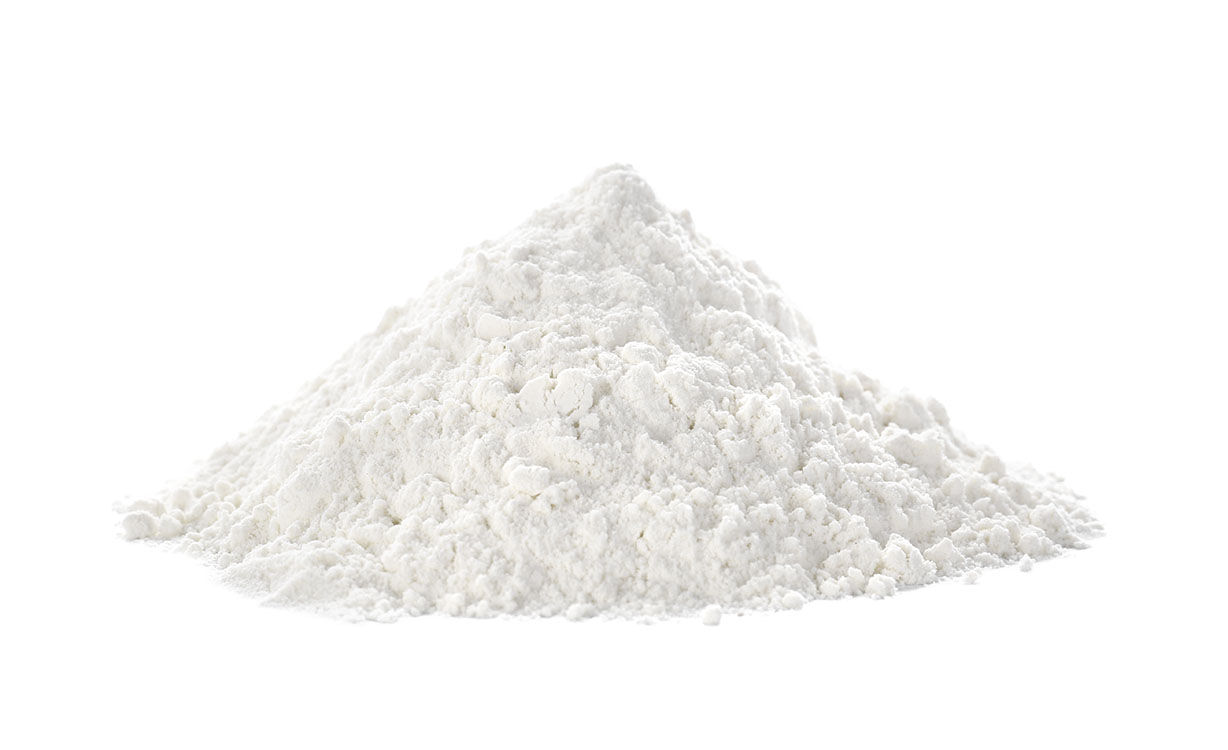Cellulose ether is a versatile and widely used chemical compound derived from cellulose, the natural polymer found in plant cell walls. This unique material has found extensive applications across various industries due to its remarkable properties and adaptability. In this article, we will explore what Cellulose ether is, its properties, uses, and the key industrial sectors benefiting from it.
Understanding Cellulose Ether
Cellulose ether refers to a group of water-soluble polymers obtained by chemically modifying cellulose. Through etherification, hydroxyl groups in cellulose molecules are replaced with ether groups, enhancing solubility and functionality. Common types of cellulose ethers include methyl cellulose (MC), hydroxypropyl methyl cellulose (HPMC), and carboxymethyl cellulose (CMC), each with distinct characteristics and uses.
Properties of Cellulose Ether
Water Solubility and Gel Formation
One of the most important properties of cellulose ether is its solubility in cold water. When dissolved, it forms a viscous solution or gel, which is stable over a wide temperature range. This makes cellulose ether an excellent thickener and stabilizer.
Rheological Behavior
Cellulose ether exhibits unique rheological (flow) properties, including shear-thinning behavior. This means the viscosity decreases when shear stress is applied, which is beneficial in processes such as pumping or spraying.
Chemical Stability and Compatibility
Cellulose ether is chemically inert under many conditions, resistant to acids and alkalis, and compatible with a wide range of additives and chemicals, enhancing its utility in complex formulations.
Film-Forming and Adhesion
Certain cellulose ethers can form films that are flexible and strong, which is useful in coatings, adhesives, and construction materials.
Uses of Cellulose Ether
Construction Industry
In construction, cellulose ether is widely used as a thickener, water retention agent, and binder in cement, mortar, and plaster formulations. Its ability to improve workability, adhesion, and durability of building materials is invaluable.
Pharmaceutical Industry
In pharmaceuticals, cellulose ether acts as a binder, disintegrant, and controlled-release agent in tablet manufacturing. It also serves as a suspending agent and stabilizer in liquid medicines.
Food Industry
Cellulose ether is approved as a food additive, used to improve texture, stabilize emulsions, and retain moisture in various processed foods such as bakery products, sauces, and dairy items.
Personal Care Products
In cosmetics and personal care, cellulose ether functions as a thickener and stabilizer in lotions, creams, shampoos, and toothpaste, providing desirable consistency and enhancing product stability.
Paints and Coatings
Cellulose ether improves viscosity and suspension of pigments in paints and coatings. It also enhances film formation and prevents cracking.
Oil and Gas Industry
In drilling fluids, cellulose ether acts as a viscosifier and filtration control agent, helping maintain borehole stability and reducing fluid loss during drilling operations.
Industrial Applications of Cellulose Ether
Cement and Mortar Additives
The construction sector is one of the largest consumers of cellulose ether. Adding cellulose ether to cement and mortar enhances water retention, improves workability, and prevents cracking during drying. This leads to stronger, more durable structures with better surface finish.
Pharmaceuticals: Controlled Drug Delivery
Hydroxypropyl methyl cellulose (HPMC) is widely used for controlled drug release in oral formulations. It slows down the dissolution rate of active ingredients, allowing for sustained therapeutic effects.
Food Stabilization and Texture Improvement
Carboxymethyl cellulose (CMC) is commonly used in the food industry to stabilize emulsions and improve mouthfeel in products such as ice cream and dressings. It also extends shelf life by retaining moisture.
Paints and Inks
Cellulose ether enhances the viscosity and flow properties of water-based paints and printing inks. It helps prevent pigment settling and provides smooth application.
Drilling Fluids in Oil Industry
The oil and gas sector uses cellulose ether to control the viscosity and filtration properties of drilling muds. This helps in efficient drilling and protecting the geological formation.
Paper Industry
Cellulose ether improves paper coating formulations, enhancing printability and surface smoothness. It also acts as a binder to improve paper strength.
Advantages of Using Cellulose Ether
- Non-toxic and environmentally friendly
- Biodegradable and renewable, derived from natural cellulose
- Enhances product stability and shelf life
- Compatible with a wide range of formulations
- Provides customizable properties by varying the degree of substitution
Challenges and Considerations
While cellulose ether is highly versatile, certain challenges exist. It can be sensitive to high temperatures in some applications and may require careful formulation to maintain stability. Additionally, quality control in production is crucial to ensure consistent performance.
Conclusion
Cellulose ether is a critical chemical compound with wide-ranging applications across multiple industries. Its unique properties such as water solubility, thickening ability, chemical stability, and film-forming capability make it indispensable in construction, pharmaceuticals, food, personal care, and more. As industries continue to seek sustainable and efficient materials, cellulose ether stands out as a natural, versatile solution. At KIMA CHEMICAL CO.,LTD, we understand the importance of high-quality cellulose ether products to meet diverse industrial needs, driving innovation and excellence in every application.
